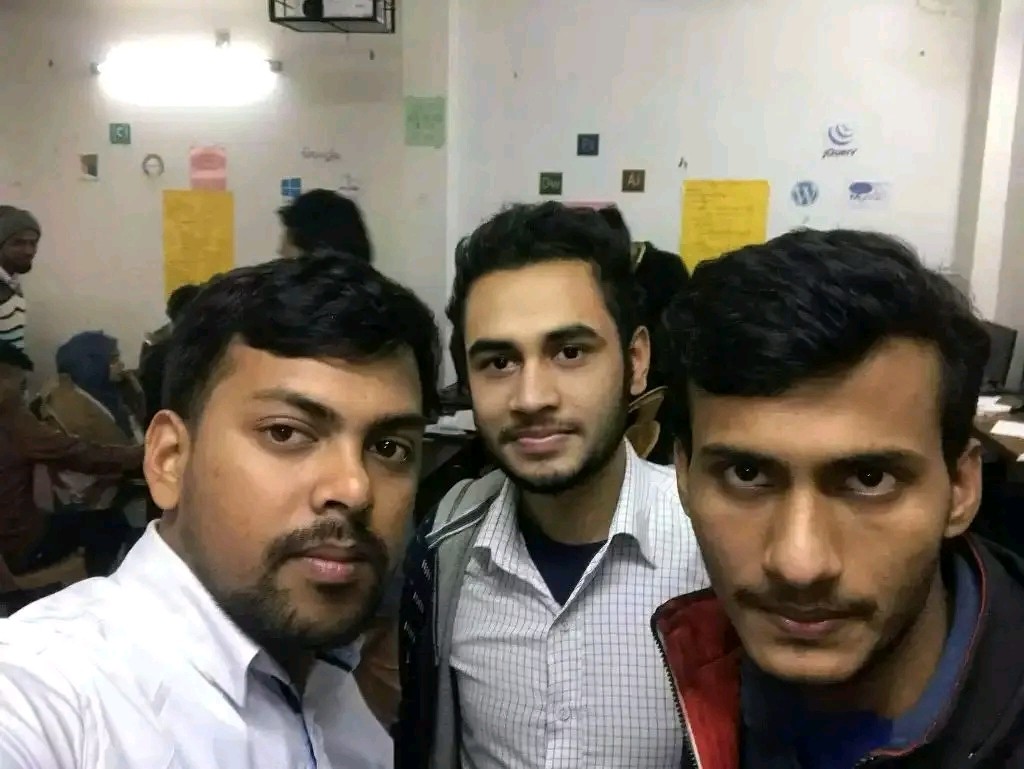What Is a Game?
We probably all have a decent natural understanding of what the game is about. The generic term “game” includes prepackaged games such as chess and monopoly, games such as poker and blackjack, club games such as roulette and slot machines, military conflict games, computer games and various types of youth games, and the patterns continue. In the academic district, some of the time is spent talking about the premises of the game, as many professionals choose systems and procedures to extend their benefits within an action plan specifically illustrated to the standards of the game. Properly, when used for computer assistance or redirection, the “game” generally recalls images of a three-level virtual world that includes a human, creature or vehicle as a relevant person under the player’s control. (Of course, for the old soldiers among us, perhaps encouraging images of two-tiered artwork like Pong, Pac-Man, or Donkey Kong.) In his unimaginable book, A Theory of Fun for Game Design, Ruff Coaster portrays the game. as an intelligent match that gives the player a clear test move of the patterns the individual suggests learning, and possibly of the aces. Koster’s claim is that exercises for learning and overcoming strength are at the center of what we call “fun” and, likewise, when the joke is made when we “find” the form.
What is the game machine?
The phrase “game machine” appeared in the 1990s in connection with shooting games (FPS) such as id Software’s popular Doom. The annihilation was designed using a fairly complete section around a clip between its main programming parts (e.g. three-level patterns that mediate structure, validation frame recognition crash or sound structure) and the craft resources, game worlds and player stories they contain. gaming experience for the player. The rating of this section began to become apparent as designers stopped allowing games to be redesigned with new things by creating new professions, world settings, weapons, characters, vehicles, and game standards with non-game related modifications. “kinetic” programming.
This concerns the introduction of the “fashion zone”, a gathering of smaller individual players and independent studios that have collected new games by modifying existing ones, using the strong stock of free tools from skilled professionals. In the early 1990s, two or three games such as Quake III Arena and Unreal were organized with reuse and “tailoring” as needed. The engines were made entirely with jargon pre-order technologies like ID’s Quake C, and the support engines began to be an acceptable collaborative source of revenue for the designers who made them. Today, game planners can get the game machine to work and reuse key pieces of key software pieces to improve games. While this project will generate a lot of interest in computer programming, it will generally be more conservative on a large scale than increasing the number of mid-range parts in the home. The line between the game and its engine is reliably blurred.
The information-based layout obviously isolates the game machine from a piece of programming that is somehow a game and not an engine. Just when a game contains encrypted reasoning or game standards or uses unprecedented status code to convey explicit types of games, it becomes annoying or difficult to reuse those elements to create an alternate game. We need to bring a word of mouth “game engine” to programming that can be extended and used as a framework for more games without huge changes.
The advent of computer hardware and clear graphics cards, faster than ever, near reliable freight rates and information facilities, has begun to smooth out the differences between floor units of various types. Now it is legitimate to imagine using the first single-stroke engine to create, for example, an advanced structural game. However, the trade-off between scam optimization really does exist. The game anywhere can become unprecedented by modifying the engine according to the special needs and goals of a particular game, as well as the equipment stage.
































